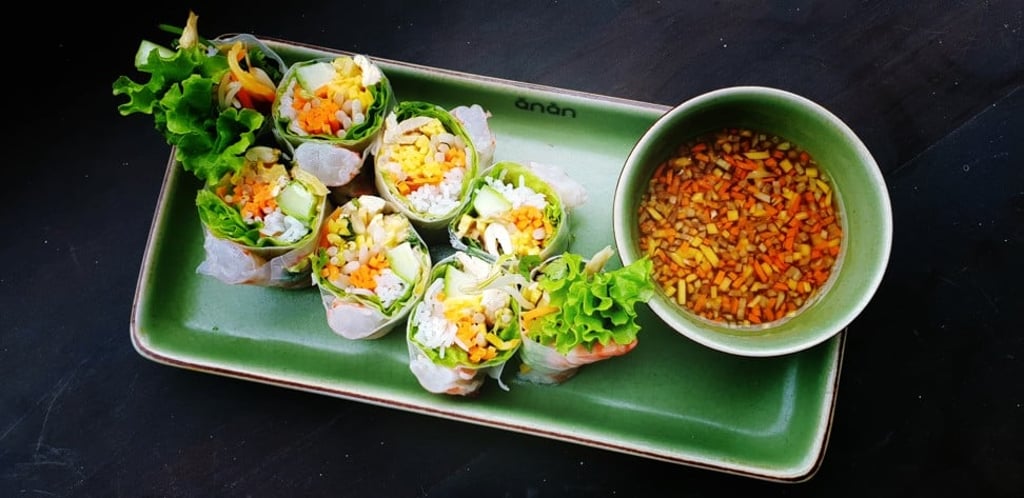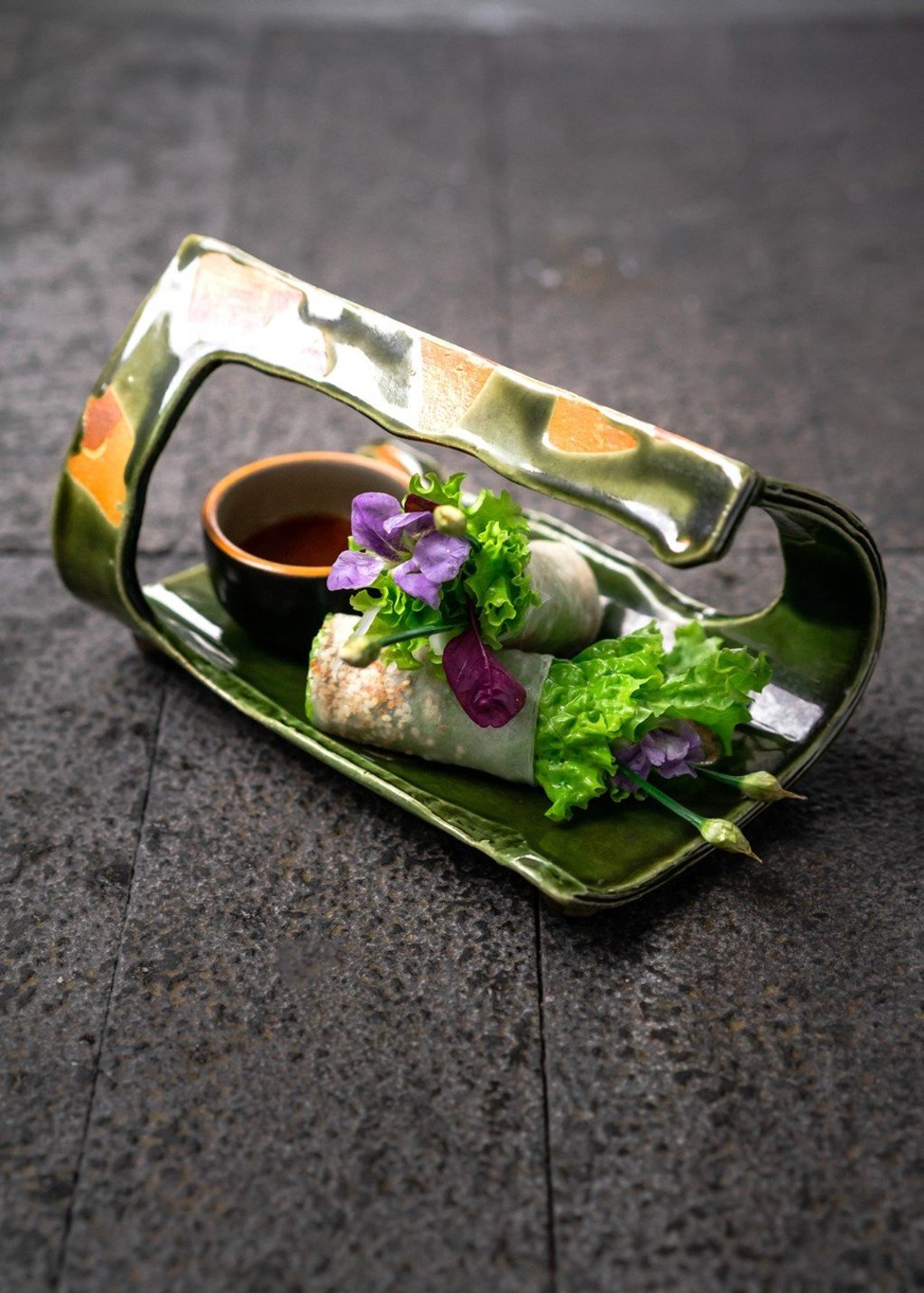Where did Vietnamese spring rolls, a culinary favourite worldwide, come from? Spoiler alert: it’s not Vietnam

Given the name because they were originally filled with seasonal spring vegetables, these fresh rice paper rolls from Vietnam are a favourite dish worldwide
Popular globally, the Vietnamese spring roll is one of the cuisine’s most recognised dishes.
They may appear simple, but these rolls showcase a flawless culinary technique with texture and contrasting flavours, which, when combined, become much more than the sum of their parts.
The word gỏi cuốn in the south, nem cuốn in the north and bánh cuốn in central Vietnam are referred to in English as fresh spring rolls, summer rolls or cold roll, often with the word “Vietnamese” at the beginning.
“Aside from pho and banh mi, gỏi cuốn is one of the most iconic of Vietnamese dishes. Strictly speaking, it is a fresh roll made with rehydrated rice paper. Broadly speaking, the term spring roll can also include rice paper rolls that have been deep fried,” says Peter Cuong Franklin, chef/owner of Anan Saigon and Nhau Nhau, both in Ho Chi Minh.

Like all spring rolls, its origin is Chinese and was given the name because they were originally filled with seasonal spring vegetables.
“The dish may have originated from China, but has been modified to fit Vietnamese tastes,” says Franklin, who grew up in Da Lat, in the southern Central Highlands.

Like all of Vietnamese cuisine there are regional differences. At its core, it consists of rice paper, softened in water that is rolled around a filling of rice vermicelli, raw vegetables and fresh herbs (Vietnamese basil, coriander and mint), with a protein, such as roast pork or prawns, and served with a dipping sauce.